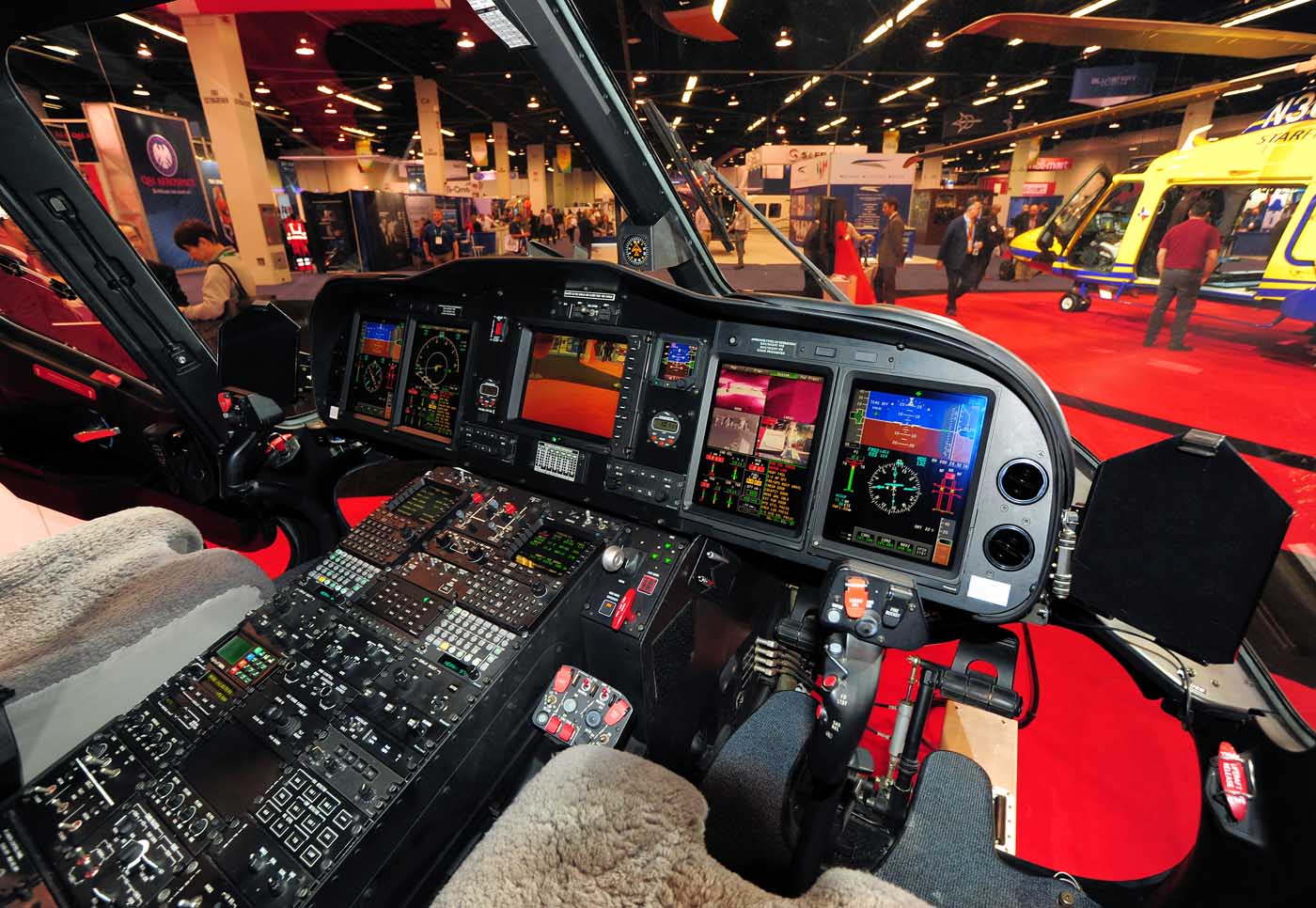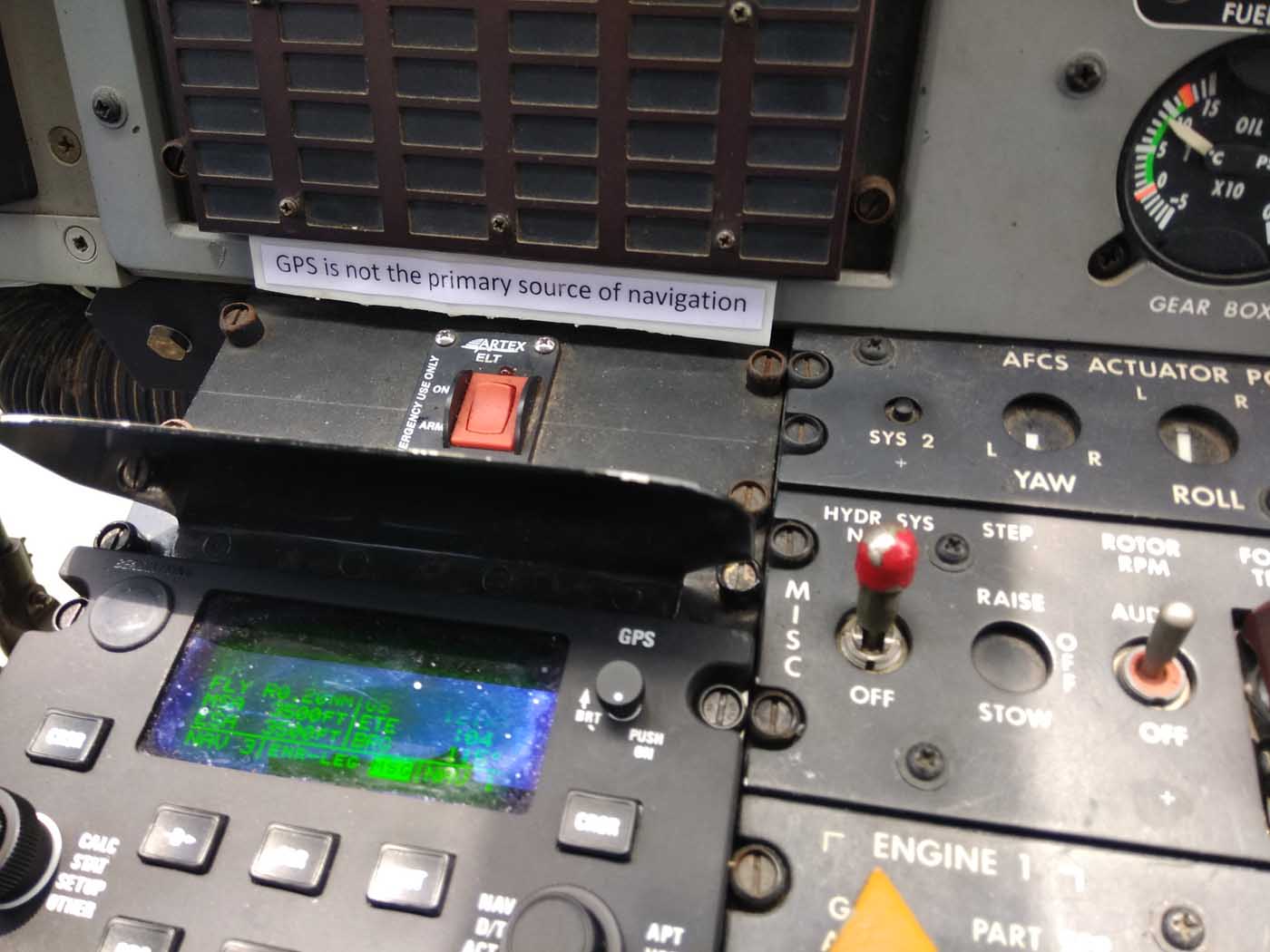
Pilots who routinely fly more than one type have additional considerations when they step into the cockpit. Here's a closer look at some of possible pitfalls of cross-flying.
It was late evening on my sixth consecutive day of flying duty. I had already flown close to 24 hours over the previous six days, but was well within the regulatory flight time limit of 30 hours over seven consecutive days. I was scheduled to perform a “drying run” — ground running all helicopters on the line after their daily engine wash. The next day was to be my weekly day off, as per company rules.
Qualified and current on two types — the Bell 412 and Leonardo AW139 — I was one among few pilots in the company who could be scheduled to fly either type, dictated by crew situation and flying program. In many countries, this is permitted by rules subject to meeting basic qualifying time on both helicopters, currency and recency requirements. There is an overriding rule of “one type per day” that applies to all dual-rated pilots in India.

When the guard is down and fatigue plays tricks on your mind, strange things can happen, as it did with me that evening. After six days spent mostly flying the Bell 412, I had completed four hours of flying that day on the AW139. I had not rested much after the sorties, and still had another hour or so of ground runs to complete. I was also reaching the back end of my six-week duty roster. I was looking forward to the break — still five days away — to get over the accumulated fatigue.
As two helicopters serving the offshore industry, the Bell 412 and AW139 are as different as chalk and cheese. The 412 has a conventional “steam gauge” cockpit with twist-grip throttles. The AW139 has a full glass cockpit, with flight management system, electronic engine control (a subset of full authority digital engine control, also known as FADEC), and all the bells and whistles. Engine start on the Bell 412 EP is almost entirely manual, with the pilot opening throttles and pouring fuel into the engine. The 139 has a fully automated start using a three-position engine mode switch. The second engine start on a 412 is generator-assisted, while it is standard procedure to start both engines of the 139 with a ground power unit (GPU). These are the types of subtle differences of which a dual-rated, cross-flying pilot has to be mindful every single day.

While the fundamentals of starting a turboshaft engine remain the same, the presentation of engine instrumentation, manual interventions and finer nuances of both these helicopters can lend themselves to habit interference if your mind is not 100 percent alert. I met both these criteria that day.
Attention shifts, habit interference takes over
I started to crank the second AW139 on the line. It was a smooth start and the first engine settled down at idle. I should have signaled the ground crew to move over to number two engine. Instead, I found myself waving off the external supply like I would on a Bell 412 after the first engine start (second engine start on Bell 412 is generator-assisted).

Two things went wrong soon after I had made the mistake of disconnecting external supply. The ground crew — apparently reeling under their own fatigue and attention issues — diligently followed my signal without question and disconnected the GPU from aircraft. They followed their post-start drill, I followed mine; interrupted by a seemingly minor deviation no one noticed. The second engine was not started and here I was, trying to get both generators on line — the next checklist item. Since the GPU was gone and number two engine had not started, how would that generator come online?
The tarmac was busy that evening with other rotors starting up. Noise was a big distraction. In the high ambient noise level, the small slip went unnoticed, even by ground crew attending to my aircraft. I summoned the engineer who joined me in staring at a generator that just wouldn’t come online.
A few seconds of confusion later, I noticed that the second engine was not even started! Due to a momentary lapse of attention, coupled with habit interference, I had broken the AW139 checklist, drifted into the post-start actions of a Bell 412, and quickly returned to the AW139 checklist.
The rest of the evening was uneventful. During debrief, both of us owned up to our slips. It was just a minor deviation. There were no broken parts and no damage had been done; just a small bruise on the ego and acceptance that while dealing concurrently with different aircraft types, potentially fatigued or during periods of low focus (thanks to the circadian rhythm), the mind can play tricks. If you ever find yourself in that space, raise your hand and call it a day. It could be the best decision you ever take.
As a result of my error, I put some thought into what I could learn from my mistake — and what might help others who also routinely jump cockpits.
Adherence to checklists
Firstly, be aware that playing within regulations doesn’t necessarily guarantee your safety or immunity from all eventualities. Rules evolve with each accident or incident. Even if you are within the cross-flying criteria, always keep your guard up. One of the most basic safety mechanisms is adherence to checklists. Rote memory is always susceptible in weak moments or during an abnormal situation. You could be well within fatigue limits and still be feeling the incipient effects of fatigue. So, if you are not feeling completely alert — stop and revive. Call it off, if you still have that choice. There is always another day.
Next, depending on the type you are flying for the day, revisit and rehearse key memory items that have to be performed without recourse to checklist or the quick reference handbook. There cannot be more than two or three events that call for immediate action. Ask yourself: Am I 100 percent sure about these memory items for the type I am flying today? My weak moment came when I did not have a captain or copilot sitting beside me. Engine starts happen quickly and there’s hardly the time to refer to a checklist as the engine spools up. Noise and other stimuli in the environment also distract. When in doubt, take a moment, pull out the checklist and analyze what is really going on. Remember that some situations can quickly go from bad to worse: either due to over-reaction or doing too little, too late.

For the types that you fly concurrently, it may also be a good idea to identify potential areas of conflict and remind yourself periodically to be extra alert while operating in those zones. For example, the fuel panel of the Bell 412 and AW139 have certain design and locational similarities that can create a trap. The fuel valve of AW139 sits in the same position on the fuel panel as the governor AUTO-MANUAL switch on the Bell 412 EP. For a crew flying both types, operating the AUTO-MAN governor switch of a Bell 412 instead of the fuel shut off valve in an emergency could pose a real danger unless crew actions are cautious, deliberate and confirmed through challenge and response.
Twist grip throttles can also “roll-out” a challenge sometimes! All the Russian helicopters I have flown came with twist-grip throttles rotating inwards (towards the pilot) to open. The Bell series have throttles that rotate outwards to open. If jumping between two such cockpits (certainly an avoidable combination), be aware of the real risks of winding down a throttle when the desired outcome was just the opposite. If there is potential for a slip-up, it has either already happened, or will soon happen. Devise your own protection strategy if you must, including spending a few minutes of “chair flying” when required. Sortie preparation is not meant only for ab-initio trainees. Some of the most spectacular bloopers have been committed by very experienced pilots.
Flying by feel versus flying mechanically
The direction of main rotor (MR) rotation decides many things on a helicopter. If you are lucky to fly two types with the same rotation, good for you. Torque reaction and counter-torque pedal inputs needed for balanced flight comes from instinct for some, and practice for others. Any premeditated drill-type inputs can set you up for trouble when flying two types with contrary MR rotation. Some experts hold that real pilots must fly by feel and wear the aircraft on their sleeve. Surely a lofty ideal, but low time pilots can fall through this crack while jumping cockpits. Regulations in some parts of the world allow pilots with as little as 50 hours on each type to cross-fly.
In the Navy, where I flew over 22 types — sometimes three types in a day during my test flying days — it was a healthy practice to identify similar “type/mark/series” or “origins” (Western or Eastern-origin) of aircraft to cross-fly. One of them would usually be a basic model (like the Aérospatiale Alouette), and the other a light twin or heavier (like the Westland Sea King Mk42B or Kamov Ka-28).

“Only one type per day” was the dictum followed in all operational units. Test pilots were allowed a dispensation — and only when actively engaged in flight test duties. Then again, one of the crewmembers would be a frequent flyer on the type. It is perhaps not a great mix to have two pilots cross-flying on a type they don’t usually fly. Planners keep this reminder pinned on their board while drawing up the next day’s program.
Lastly, helicopter operators may like to ponder why such cross-flying is not adopted by civil airliners or scheduled operators. Is it the high cost associated with keeping crew current and proficient on two types? Is it safety concerns arising out of habit interference? Would an airline crew be comfortable rostering alternately on two types, say, a Bombardier Q400 and a Boeing 737? Do regulations permit this? Should the same flight and duty time limitations that apply to pilots who fly single type be read across for those who cross-fly on a routine basis?
As you put your mind to these questions, a gentle reminder: A pilot is the last line of defense in any regulatory framework or safety paradigm. The best safety device in the world still occupies a small space between your ears. It is not necessarily “safe” because it is allowed by rules. Always keep your guard up. Cross-flying, when done with adequate checks and balances, can be a win-win situation for both the company and individual.

